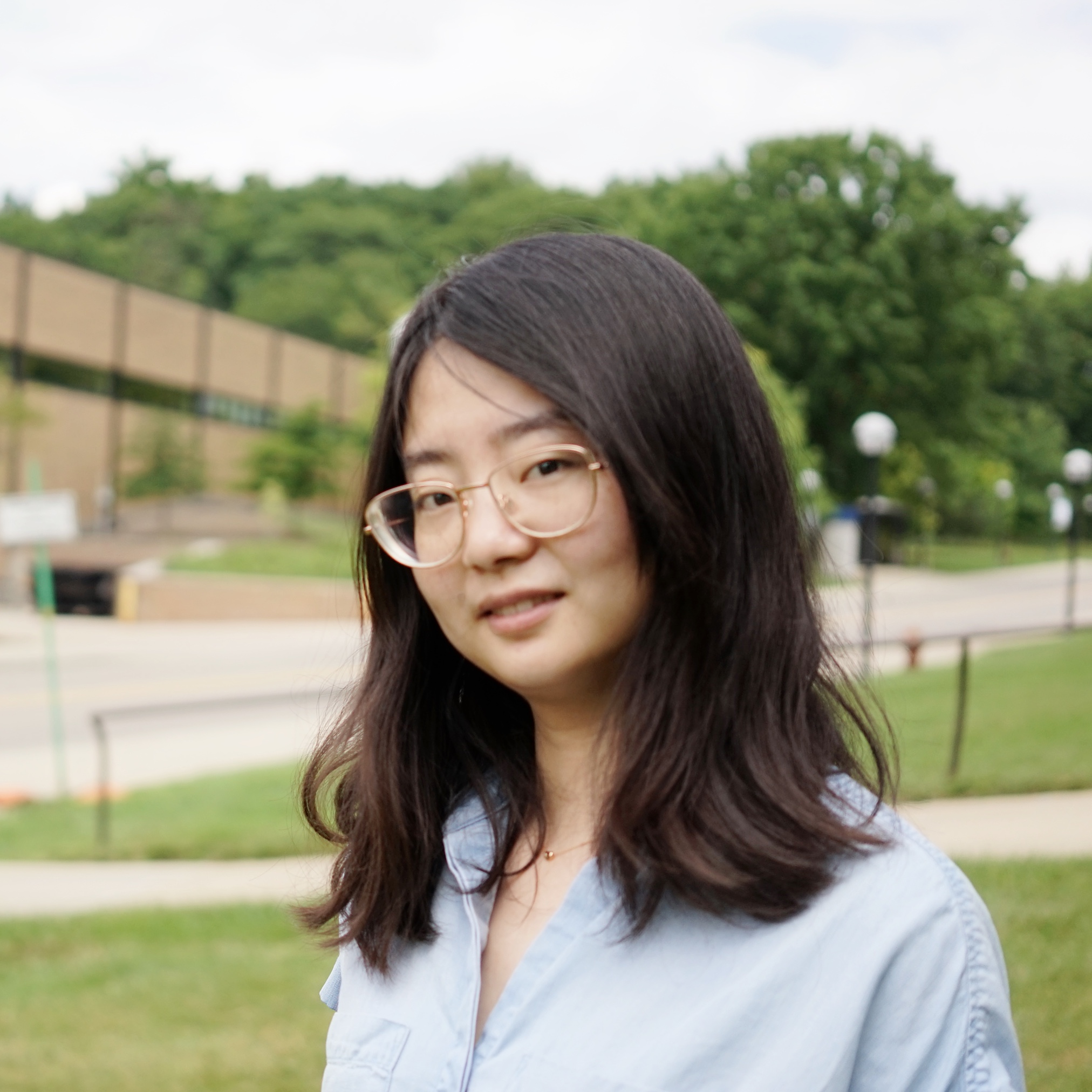
Dissertation Defense
Spectral and Temporal Control of Broadband Pulses to Enable Multi-TW peak power coherently-combined fiber laser arrays
This event is free and open to the publicAdd to Google Calendar

Abstract:
Coherent beam combining of fiber laser arrays is promising to potentially generate multi-TW peak power and multi-KW average power optical pulses, which are desired for various scientific and industrial applications, such as the next generation laser plasma accelerators, and secondary radiation sources. Coherent Pulse Stacking Amplification (CPSA) technique, a temporal pulse combining approach, which enables two orders of magnitude higher pulse energies from a single fiber amplifier than the traditional CPA approach, is currently emerging as a key technique enabling practical power scaling of fiber laser arrays.
This thesis develops some theoretical and experimental aspects of amplifying broadband ultrashort pulses with the CPSA technique. Exploiting the previous work by others, which established foundations of the CPSA technique, this current thesis addresses various issues arising in high energy CPSA and fiber Chirped Pulse Amplification (CPA) associated with broadband pulses, such as compensation of gain narrowing in a high energy Yb-doped fiber amplifier chain, dispersion engineering to compensate large amounts of higher-order material dispersion in the system, and compensating individual pulse distortions in an amplified CPSA stacking burst occurring at highly saturated energy extraction in the final stages. As a result, this thesis demonstrates the potential for achieving much shorter pulse durations with a fiber-based system, well beyond the current state-of-the-art.
In more detail, research and development work presented in this thesis consists of the following main thrusts. First, we developed several high-energy pulse amplification fiber models to explore the broadband pulse performance, and to calibrate numerical model predictions with experimental measurements, which was later extensively used in the other research thrusts of this thesis. Second, we proposed and developed a method to overcome amplitude shaping effects in individual pulses from strong gain saturation in high energy fiber amplifiers by actively controlling in-burst pulse shapes and phase profiles, which included experiments demonstrating gain saturation compensation at multi-mJ pulse energies from a large core fiber amplifier. Furthermore, we explored gain narrowing effects with increasing, and very high -100-150dB, gain in fiber systems, and demonstrated entire gain narrowing compensation for reaching 40-100fs pulses in the CPSA system, with the gain equivalent to ~10mJ energy amplification, which is well beyond what has been previously demonstrated in the state-of-the-art. Finally, we proposed and experimentally demonstrated a novel dispersion compensation approach to accurately compensate all the relevant higher-order dispersion terms for compressing CPSA system output pulses down to this sub-100fs range.
In summary, this thesis provides the theoretical foundations and experimental validation of several new concepts, that enable broadband CPSA technique. When combined with coherent spatial combining, this broadband CPSA technique is key for developing multi-TW peak power laser systems, with pulse durations in sub-100fs range that are needed by the majority of high-intensity laser-matter interaction applications.
Chair: Professor Almantas Galvanauskas
 MENU
MENU 
